For my mental health this high and dry winter, so far, I’ve not watched the weather forecasts. At least not closely. A few weeks back, stuck in high pressure and warm temps, an odd but appreciated corn cycle set in. The local hills, crowdless and stable, became a skinnier and shorter ski playground. Good fortune also struck in the Rockies once I dialed in my older child’s whereabouts as he transected mountain playgrounds from Bozeman to SLC and back north to the Tetons. I found excellent traversing and ample facets to farm that served as a big-smile powder facsimile. I also found I don’t recover how I once could. Age happens. The upside is that a positive attitude towards the lack of snow hasn’t sullied the winter’s start. The skiing has been plentiful, and the backlog of P-tex repairs is minimal.
The chatter amongst friends, and likely your friends too, began on Monday or Tuesday. Forecasters called for a pivot to colder temps and troughs flowing off the Pacific and rolling into our hills. Hang tight. Tune into your local forecast. Be aware of changing avalanche conditions as snow falls and transports. Although it is winter—winter might actually be happening.
On the drive back from the Tetons, over a few high pass bumps, and across the sagebrush sea, a lovely sight greeted me sliding through the high desert: a dark gray bank of clouds shrouding the volcanoes to the west unequivocally promising snow. Although not ground-truthed this morning, the Bachelor webcam is good enough—snow fell, and it’s snowing.
Time for the powder skis? Probably not, as I do not want to spend time mending core shots on fancy skis. Still, it looks promising.
This morning, I began looking at the forecasts in more detail. Which meant I was back to the SkiPig WX Forecast Workflow Part II written over the summer. First, we’re checking out the forecast discussions. Many of the NOAA forecast discussions out West use similar terms, which are optimistic.
Here’s snippet from the Western Washington NOAA discussion:
“.SYNOPSIS…A series of weather systems will keep conditions active over Western Washington throughout the forecast period. A front will move through the area this morning followed by additional frontal systems Friday into next week.”

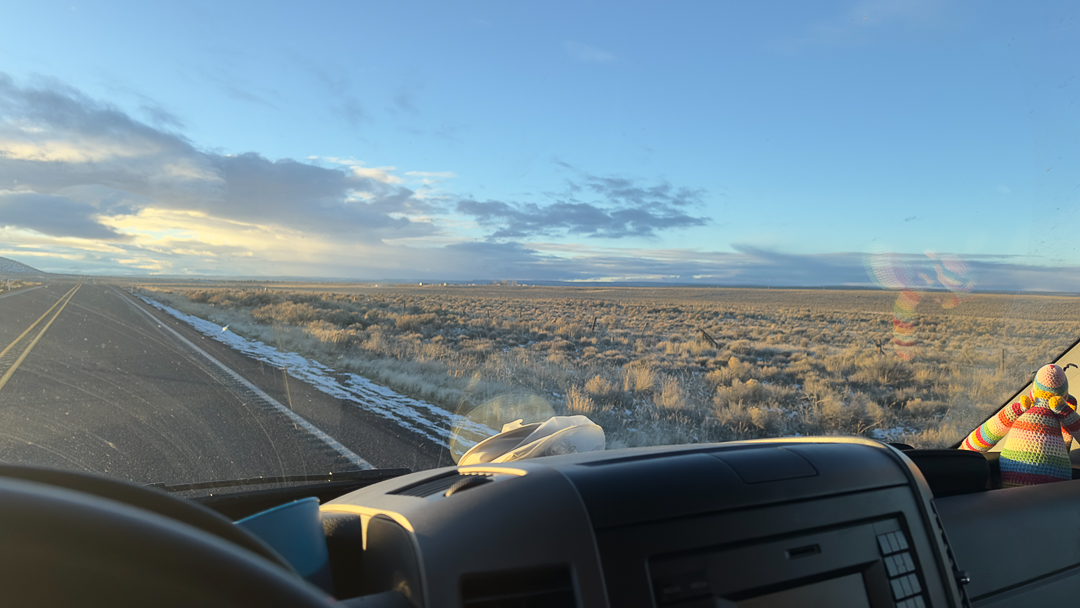
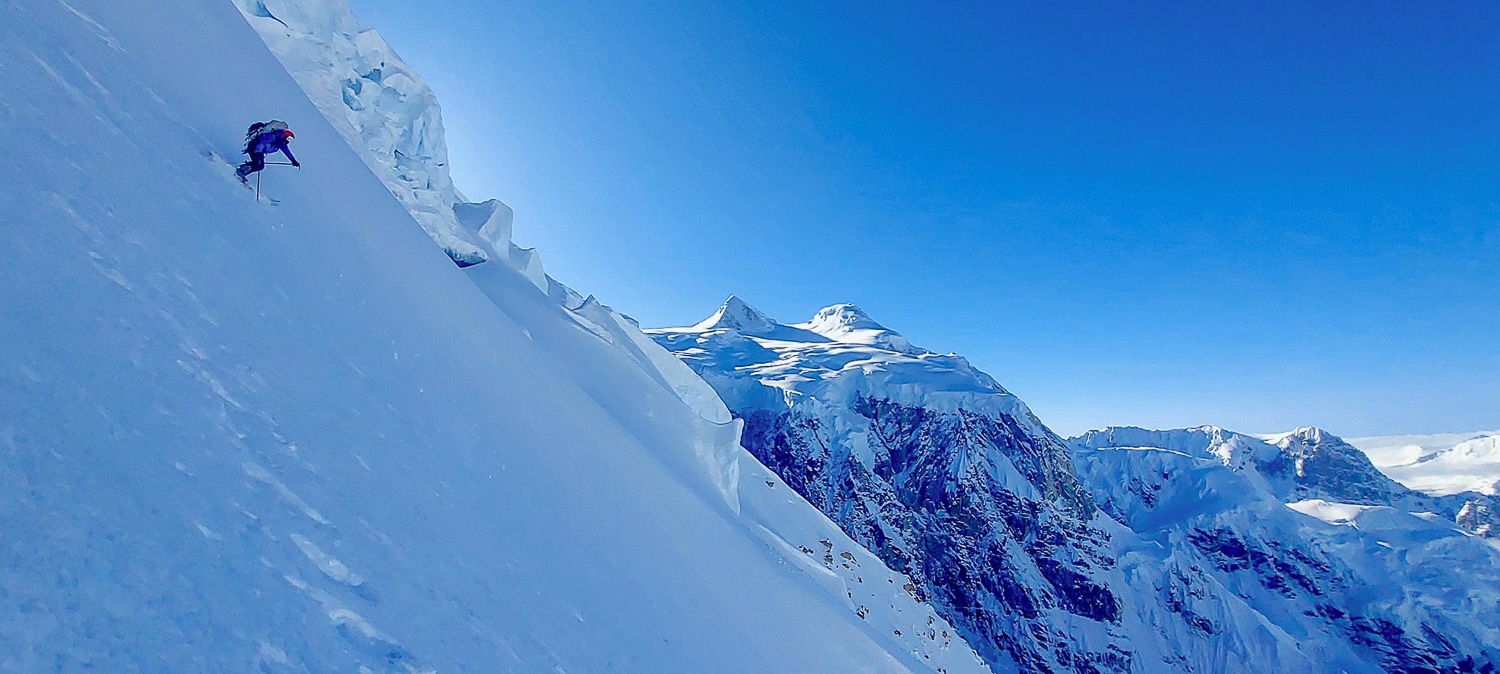
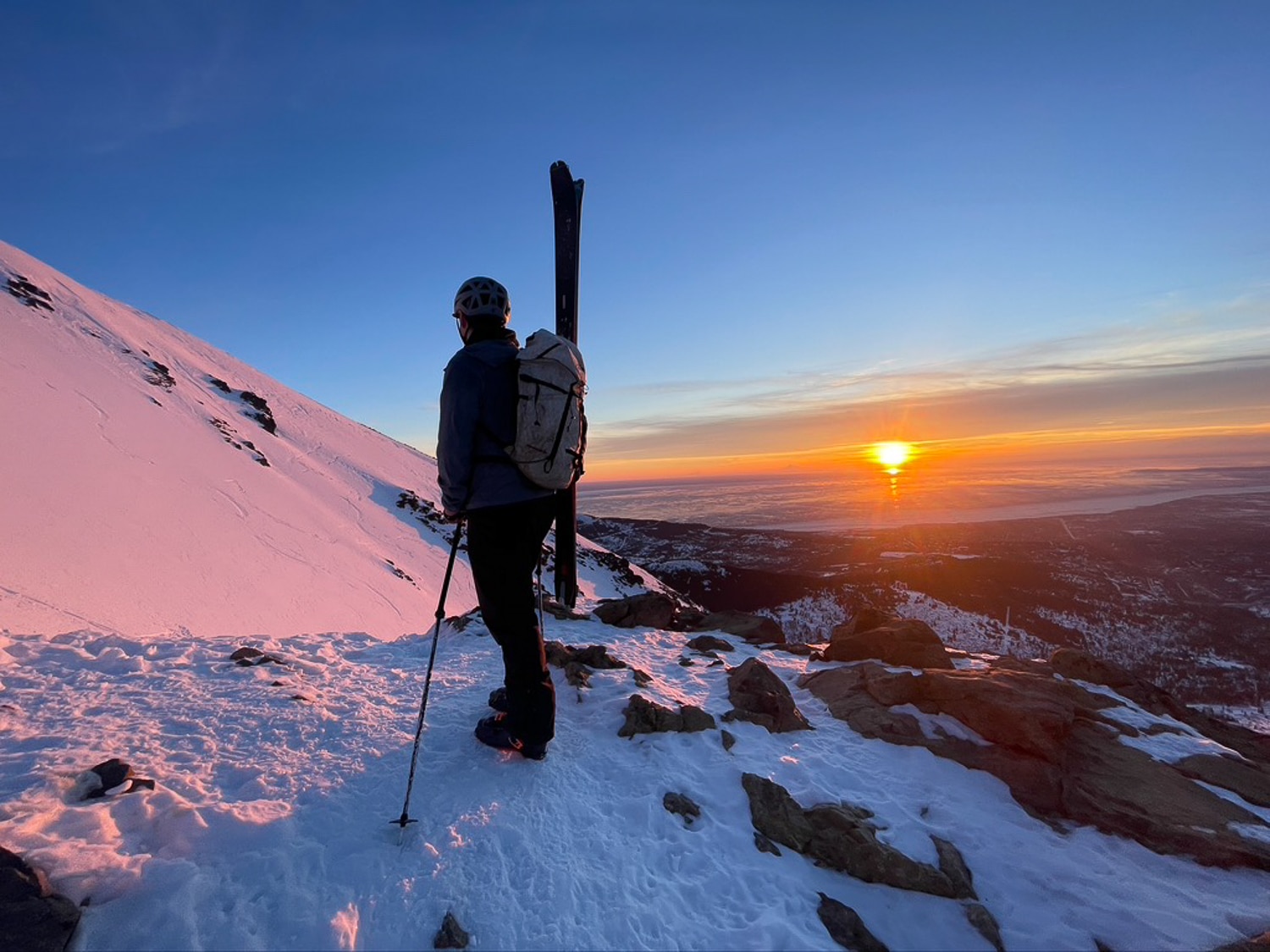
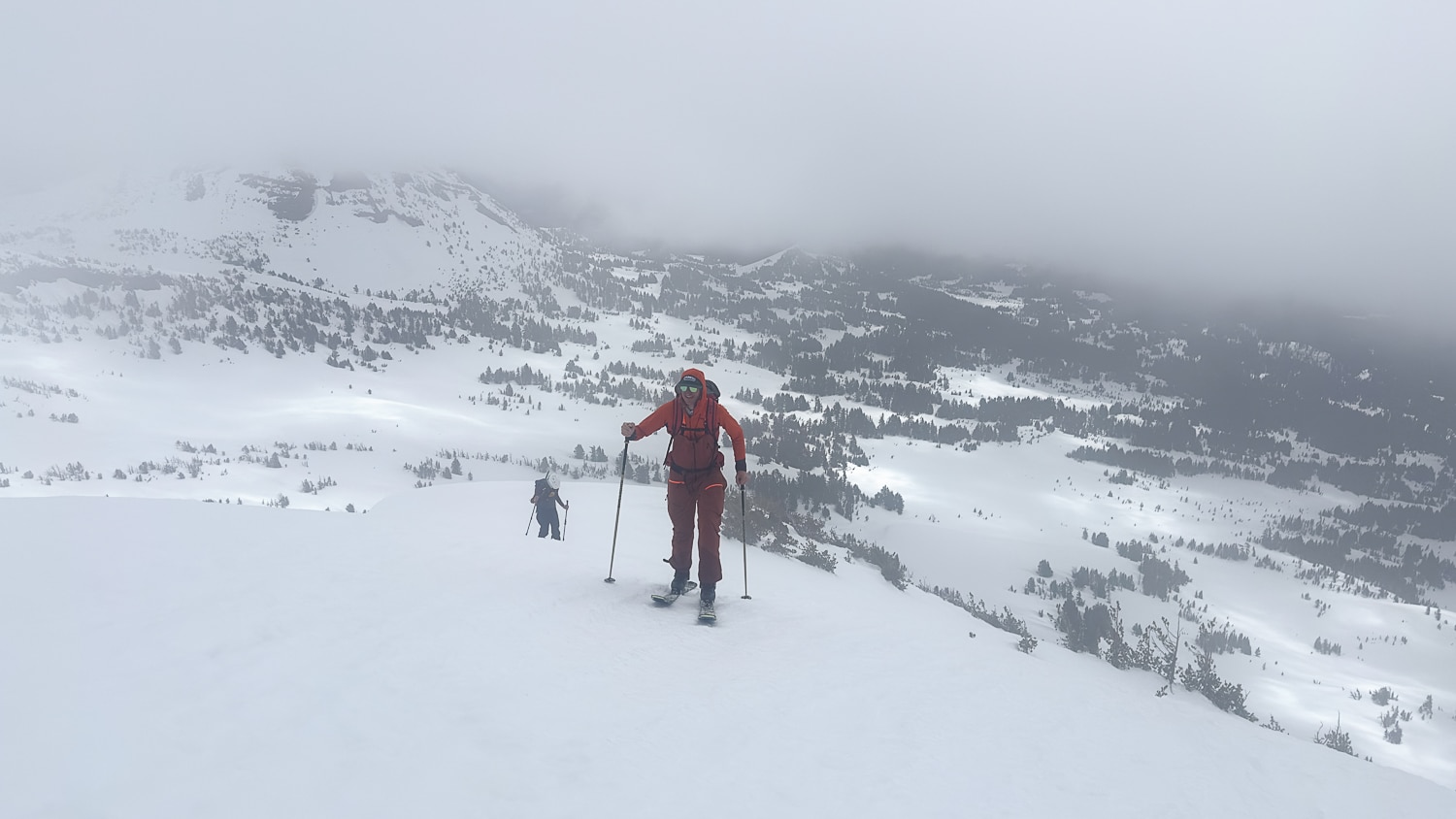
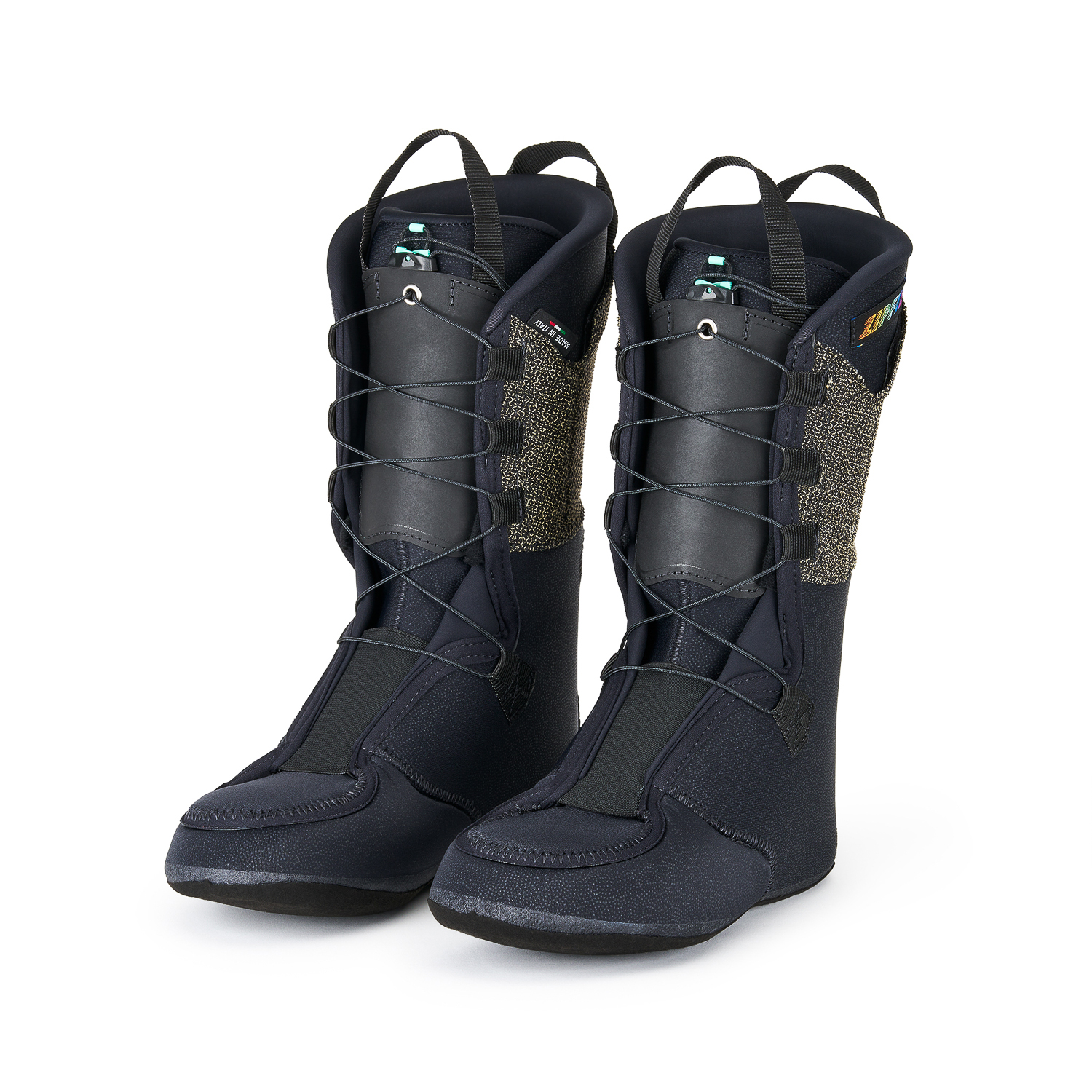
Leave a Reply
You must be logged in to post a comment.